Astro Pi: Mission Update 6 – Payload Handover
Those of you who regularly read our blog will know all about Astro Pi. If not then, to briefly recap, two specially augmented Raspberry Pis (called Astro Pis) are being launched to the International Space Station (ISS) as part of British ESA Astronaut Tim Peake’s mission starting in December. The launch date is December the 15th.
The Astro Pi competition
Last year we joined forces with the UK Space Agency, ESA and the UK Space Trade Association to run a competition that gave school-age students in the UK the chance to devise computer science experiments for Tim to run aboard the ISS.
Here is our competition video voiced by Tim Peake himself:
https://vimeo.com/117274487
This ran from December 2014 to July 2015 and produced seven winning programs that will be run on the ISS by Tim. You can read about those in a previous blog post here. They range from fun reaction-time games to real science experiments looking at the radiation environment in space. The results will be downloaded back to Earth and made available online for all to see.
During the competition we saw kids with little or no coding experience become so motivated by the possibility of having their code run in space that they learned programming from scratch and grew proficient enough to submit an entry.
Flight safety testing and laser etching
Meanwhile we were working with ESA and a number of the UK space companies to get the Astro Pi flight hardware (below) certified for space.
This was a very long process which began in September 2014 and is only now coming to an end. Read all about it in the blog entry here.
The final step in this process was to get some laser engraving done. This is to label every port and every feature that the crew can interact with. Their time is heavily scheduled up there and they use step-by-step scripts to explicitly coordinate everything from getting the Astro Pis out and setting them up, to getting data off the SD cards and packing them away again.
So this labelling (known within ESA as Ops Noms) allows the features of the flight cases to exactly match what is written in those ISS deployment scripts. There can be no doubt about anything this way.
In order to do this we asked our CAD guy, Jonathan Wells, to produce updated drawings of the flight cases showing the labels. We then took those to a company called Cut Tec up in Barnsley to do the work.
They have a machine, rather like a plotter, which laser etches according to the CAD file provided. The process actually involves melting the metal of the cases to leave a permanent, hard wearing, burn mark.
They engraved four of our ground Astro Pi units (used for training and verification purposes) followed by the two precious flight units that went through all the safety testing. Here is a video:
https://vimeo.com/141033682
After many months of hard work the only thing left to do was to package up the payload and ship it to ESA! This was done on Friday of last week.
The final flight @astro_pi payload has left the building! @gsholling @astro_timpeake @spacegovuk @esa pic.twitter.com/cwU9Sko7gT
— Raspberry Pi (@Raspberry_Pi) September 25, 2015
The payload is now with a space contractor company in Italy called ALTEC. They will be cleaning the units, applying special ISS bar codes, and packaging them into Nomex pouch bags for launch. After that the payload will be shipped to the Baikonur Cosmodrome in Kazakhstan to be loaded onto the same launch vehicle that Tim Peake will use to get into space: the Soyuz 45S.
This is not the last you’ll hear of Astro Pi!
We have a range of new Astro Pi educational resources coming up. There will be opportunities to examine the results of the winning competition experiments, and a data analysis activity where you can obtain a CSV file full of time-stamped sensor readings direct from Tim.
Tim has also said that, during the flight, he wants to use some of his free time on Saturday afternoons to do educational outreach. While we can’t confirm anything at this stage we are hopeful that some kind of interactive Astro Pi activities will take place. There could yet be more opportunities to get your code running on the ISS!
If you want to participate in this we recommend that you prepare by obtaining a Sense HAT and maybe even building a mock-up of the Astro Pi flight unit like the students of Cranmere Primary School did to test their competition entry.
We've built a Lego version of the @astro_pi flight case to make sweaty-astronaut testing as realistic as possible. pic.twitter.com/pYETedeWgn
— Richard Hayler ☀ (@rdhayler) July 9, 2015
It’s been about 25 years since we last had a British Astronaut (Helen Sharman in 1991) and we all feel that this is a hugely historic and aspirational moment for Great Britain. To be so intimately involved thus far has been an honour and a privilege for us. We’ve made some great friends at the UK Space Agency, ESA, CGI, Airbus Defence & Space and Surrey Satellite Technology to name a few.
We wish Tim Peake all the best for what remains of his training and for the mission ahead. Thanks for reading, and please watch this short video if you want to find out a bit more about the man himself:
The Astro Pis are staying on the ISS until 2022 when the coin cell batteries in their real time clocks reach end of life. So we sincerely hope that other crew members flying to the ISS will use them in the future.

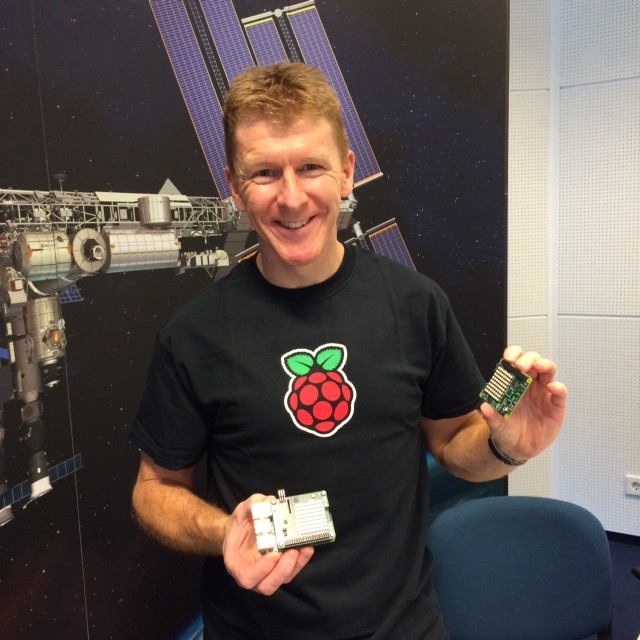
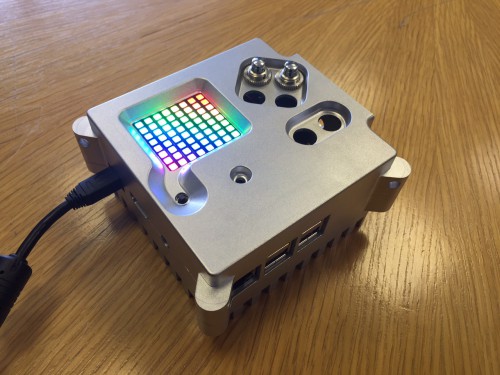
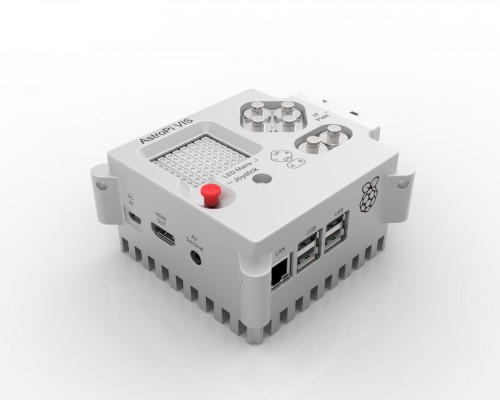
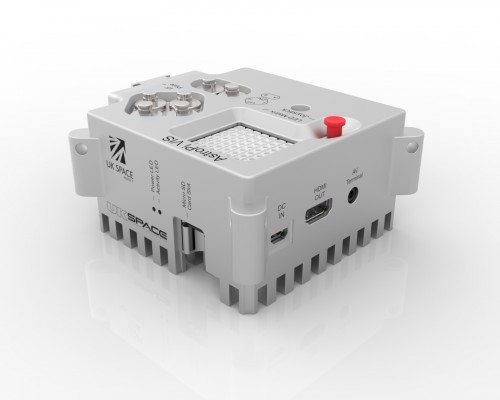
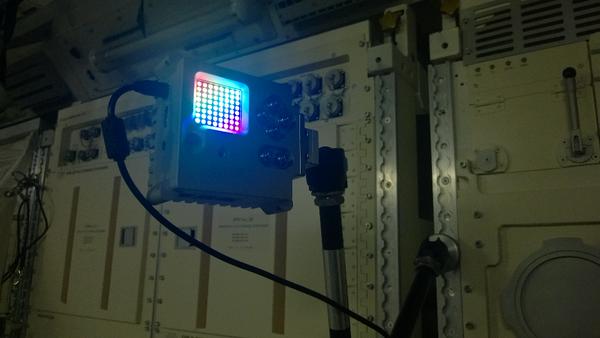
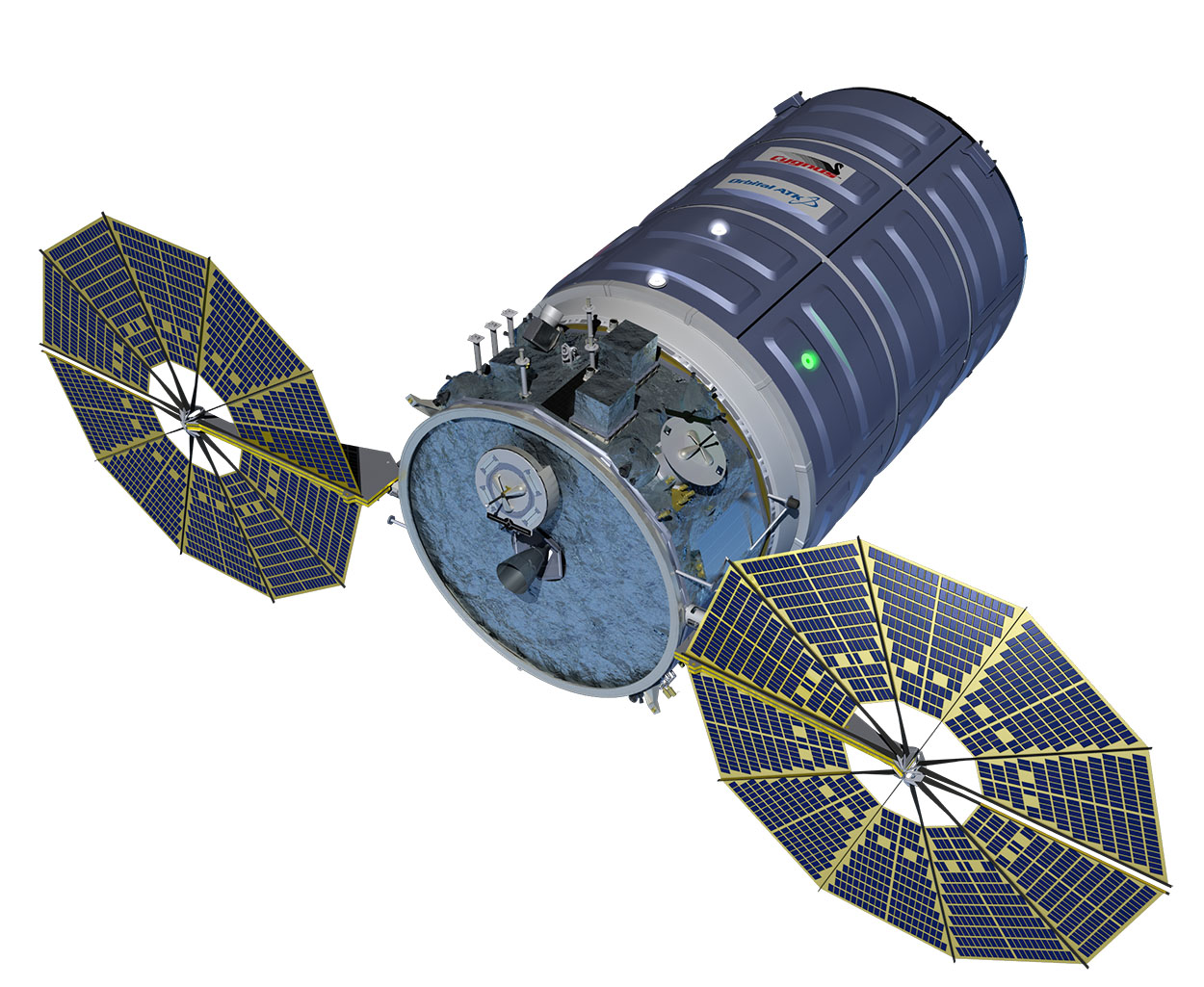


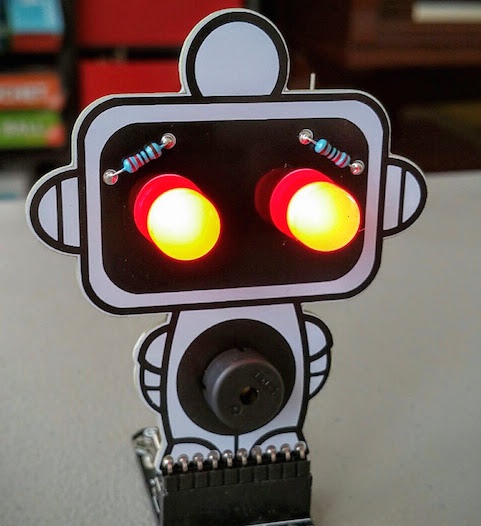

19 comments
Over-40
It’s amazing how much work has been involved in putting the Astro Pi project together – congratulations to all involved.
A normal Pi weighs just a few grams; the Astro Pi must weigh much, much more thanks to all that expensively-machined metal. I wonder if the same weight (mass) increase is true for everything on the ISS?
David Honess — post author
Each Astro Pi unit weighs about 0.6 KG :)
Vince Skahan
Can you talk a little about what os is on there and how the apps are installed, as well as what kind of SD you used ? Given all the problems people have with SD cards getting burned out, what did you do to make the Pi(s) expected to last til 2022 from the software perspective ? Run everything in ramdisk perhaps like an embedded system ?
David Honess — post author
We’ve flown ten standard NOOBS cards like those you can buy from the Swag store, but we installed a Raspbian Wheezy image onto them directly. These cards are only for Tim’s mission. Future missions will likely provide their own SD cards or just keep reformatting these 10 until they do burn out. The beauty of basing the payload on a Raspberry Pi is that its infinitely reconfigurable by what we put on the SD card.
We haven’t done anything special to the OS to mitigate its write impact on the SD cards.
Marc Matz
I see that the bottom of the Astro-Pi has what looks like a large heat sink. What sort of functionality requires this extra cooling? What extra hardware is installed on the Astro-Pi?
Raspberry Pi Staff Liz Upton
In zero gravity, you don’t get the convection effects that you get in an environment with gravity, so the normal cooling you’d get from just sitting your Pi in the open air (or in a case in the open air) doesn’t really happen. That’s why you need a big heat sink; it’s the same with all electronics.
aremvee
That’s a clue for possible future experiment. The heat sink design is regular to maximize surface area, but an irregular design on the leading rows may make for a vortex-inducing design, or, considering zero gravity ( is it truly absolute zero ? Or is it nearly absolute zero, could the latter be leveraged? ) , the design might be a turbulence amplifier of sorts.
Indeed sensors around the heatsink itself might be a good idea to continue to monitor when and under what conditions the pool of heat collecting dissipates more readily if an astronaut swims past, or when the pi itself does less calculations.
It’s a surprise revelation that the Pi will stay on board when this mission ends. Given there’s no need for an RTC battery change for 5 years, it would have been a good long term experiment in heatsink design alongside CPU ‘pulsing’ to generate air movement.
David Honess — post author
What a brilliant idea? We are hopeful that the Astro Pi competition will happen again in the future, so I strongly encourage you to develop this idea and submit it when that happens. One problem you may have is that there wouldn’t be any means of measuring the airflow or temperature outside of the case as the payload stands currently, but we are looking at ways to augment it in the future so that the students can do more with what they’ve got up there.
aremvee
I’m not in the UK and I’m certainly not school age, but here’s some thoughts to get the creatives flowing if someone wants to take it up.
An orbiting spacecraft wants to always fall to earth at a such a speed to exactly match the earth moving out of the way. That’s why satellites “fall” out of orbit. So there is still gravity in effect but it is a party-trick in the form of apparent zero-ness. We still have excited atoms ( heated air ) next to sluggish atoms ( cooled air ) that are directionless. Along with a guaranteed amount of air velocity within the cabin there’s plenty of things to play with.
Clue: ( I won’t give away too much, you’ll have to work for your winning position )
If you’ve ever been posed the problem of helium balloons in a bus that accelerates , the balloons move to the front windshield. ( the helium is less dense than the surrounding air, so doesn’t have the same inertia , the air moves to the back of the bus, and the hole in the air that is the ballon gets supplanted to the front ) On Earth, air densities are affected by gravity ( the bus ) and air densities change according to molecule excitement ( heat )
The second separate challenge is in the realm of Industrial Design, to have the bottom half contain a modular quick release portion over the GPIO containing whatever is required. Yeah an astronaut will have to do some screwdriver work, but only once. That way differing payloads need only be little bigger than a car key.
aremvee
It was interesting to read about the conformal coating in the previous update, but it makes me wonder about the metal surfaces that have to remain exposed, some of them large and somewhat contentious.
I’m talking about the coin battery in the Real Time Clock you mention here and the exposed metal in the ports. If the LED display is the only visible interface the astronauts will be dealing with, I’m curious as to why the HDMI and the Video ports remain ( and have port holes milled for them ) considering the SD Cards don’t get read until the end of the mission?
David Honess — post author
Yes the coin cell battery holders we used were Tin plated, and would have been a significant risk, however these were manually reflowed with a type of solder that prevents the growth of tin whiskers.
The ports have all been left open to allow them to be used in future missions.
Aditya Nath Jha
Is there a way I can use my Raspberry PI as a complete web based server to serve my low bandwidth website?
Martin O’Hanlon
Your request for info, would definitely be better serve in the forums, but you might find the following raspberry pi resources useful.
Build a LAMP webserver with wordpress
https://www.raspberrypi.org/learning/lamp-web-server-with-wordpress/
Build a Python webserver with flask
https://www.raspberrypi.org/learning/python-web-server-with-flask/
Federico Ramos
Thank you very much for this resource, I was trying to select a python web framework for a simple IoT project that I have un mind.
Niall Saunders
Surely the Pi Foundation has to be seriously thinking about offering the Astro Pi enclosure for sale. There would always be someone who would pay to have something as pretty as that sitting on their desk!
andy
Oh. It’s finally sunk in that there’s going to be a Raspberry Pi, actually on the International Space Station, up in space! I’ve been following the story, but never really grokked it properly before.
This would certainly be one of the high points for me if I was one of the Raspi team. What an honour! This is so cool…
Mark
All it needs in the future is for Mark Watney to fly on the ISS in the sequel and use a PI and some duck tap to save the mission :)
Dan
Were can we buy the case that was shown in the video on your page is there a abs version the we Can get if so how much would it be
Raspberry Pi Staff Liz Upton
https://www.raspberrypi.org/blog/astro-pi-flight-case/ You can read more about it here. They cost about £2000 each to make (tolerances for space flight hardware have to be VERY specific), so I’m afraid you won’t be able to buy one! (You can make a LEGO version, though, as you’ll see in the blog post you’re replying to.)